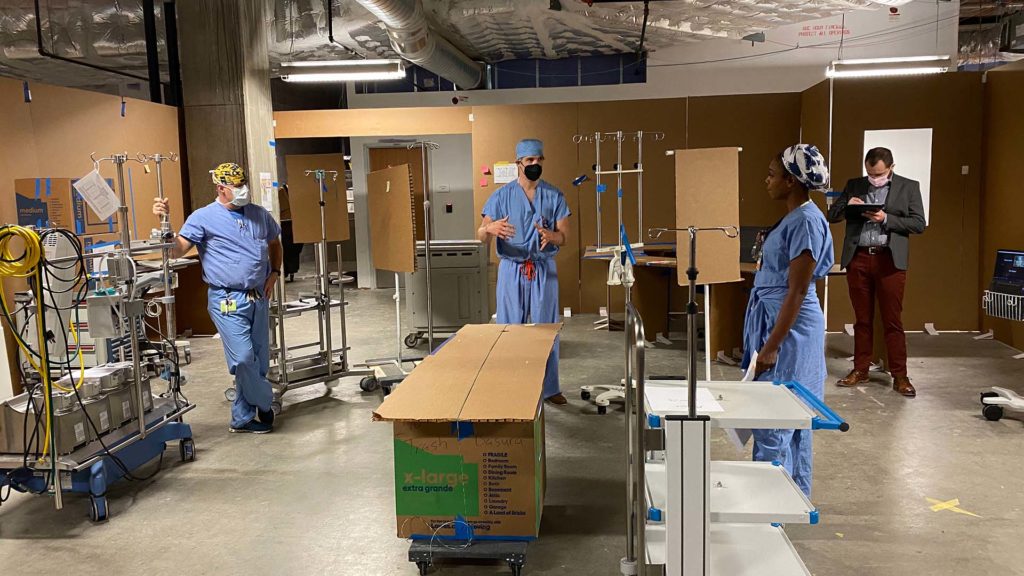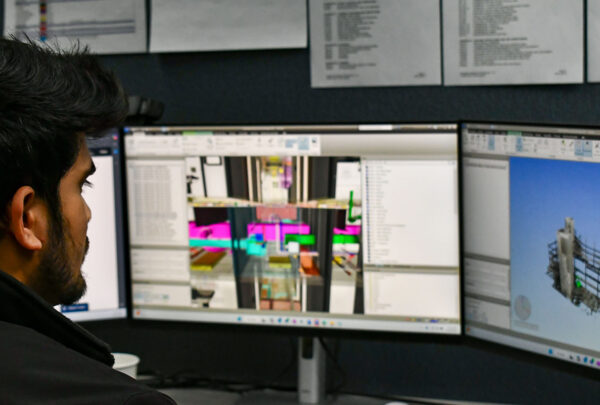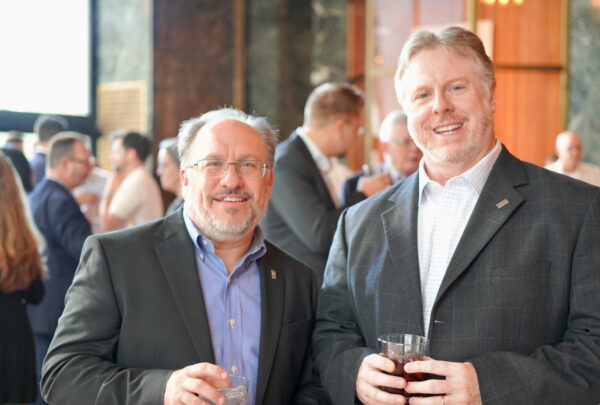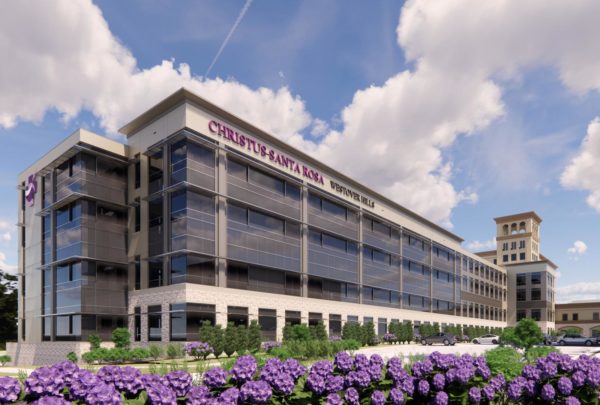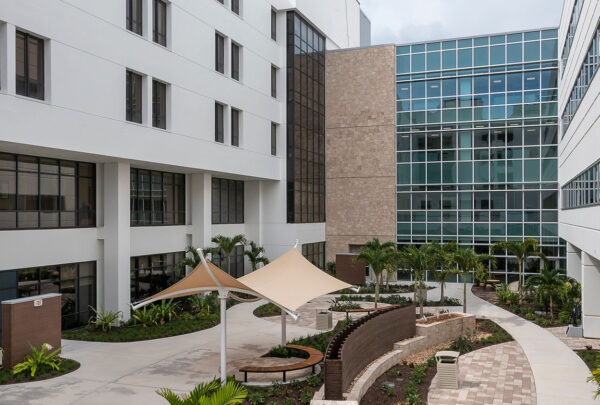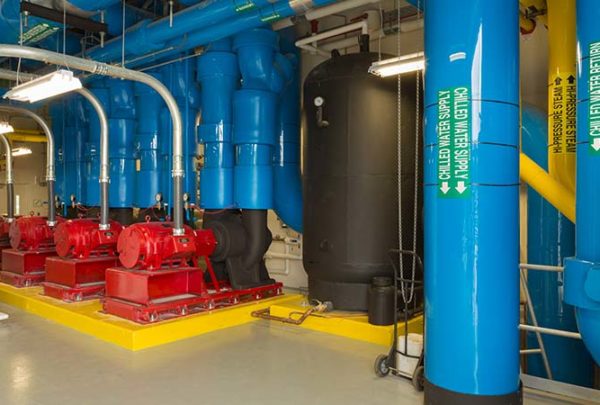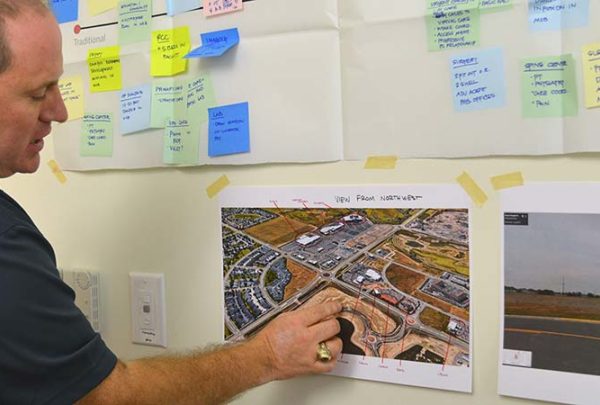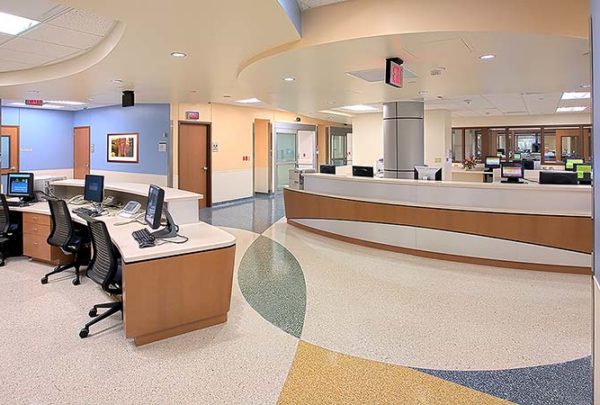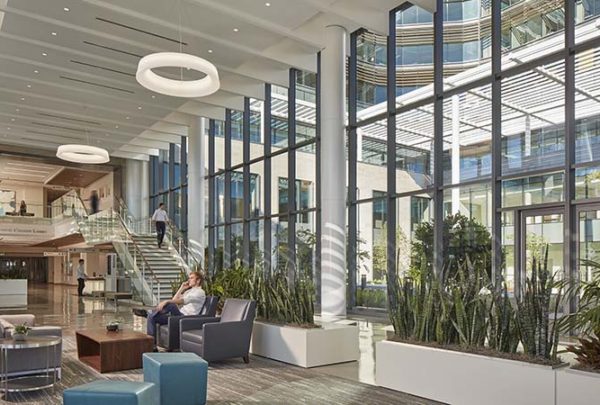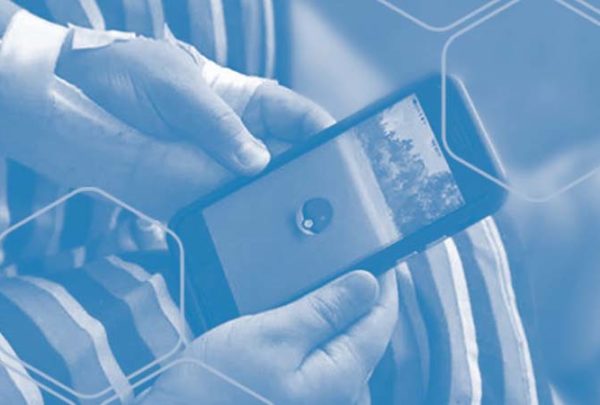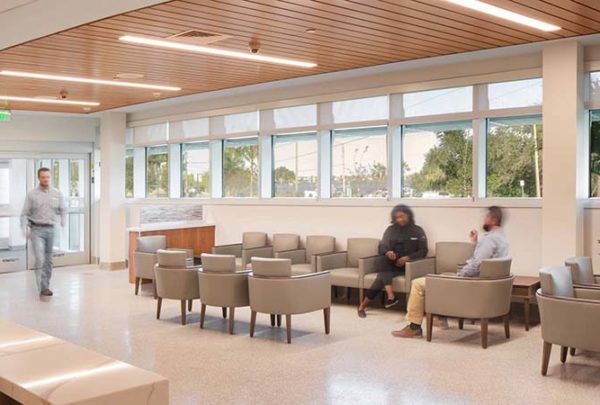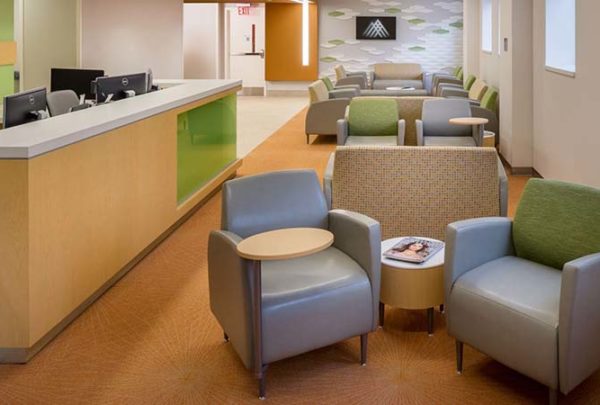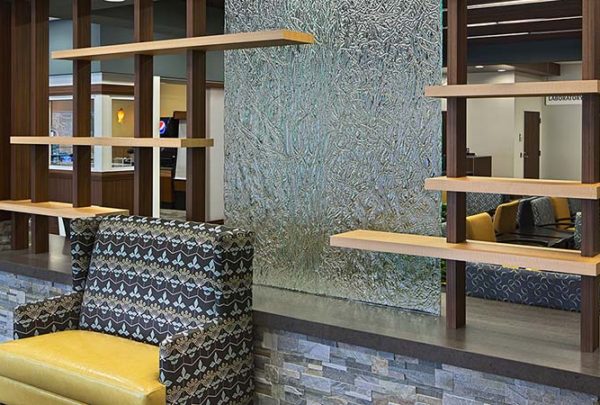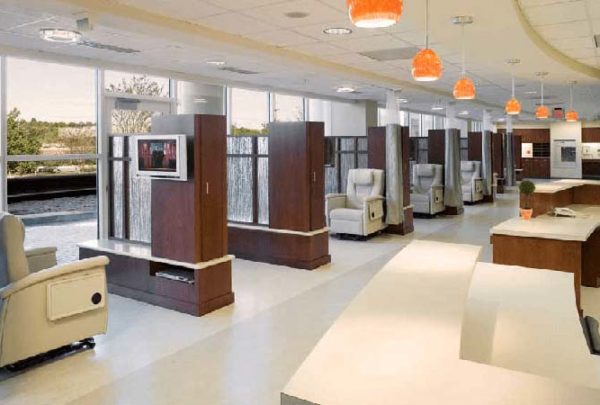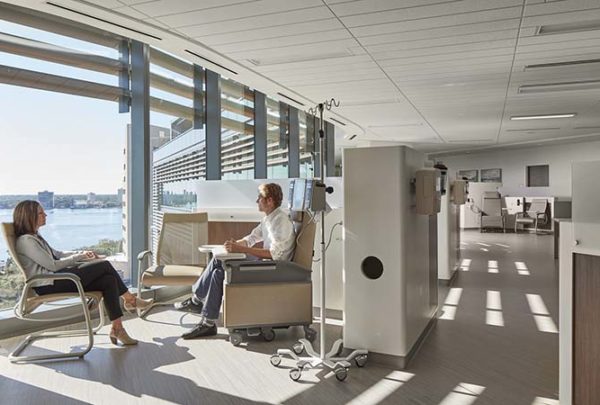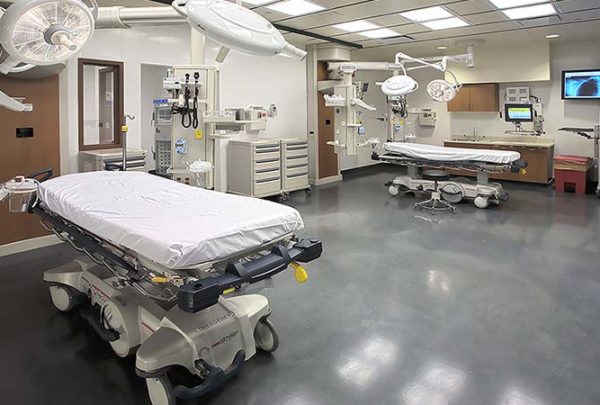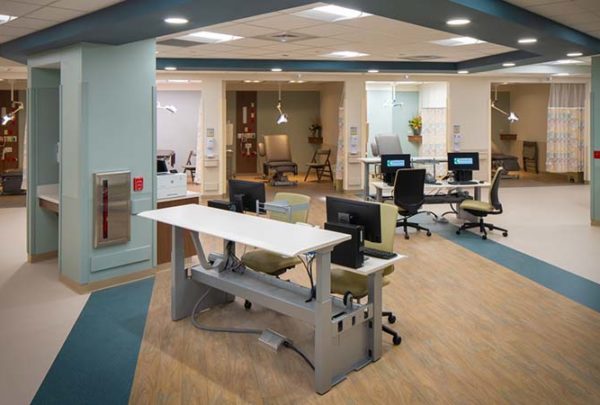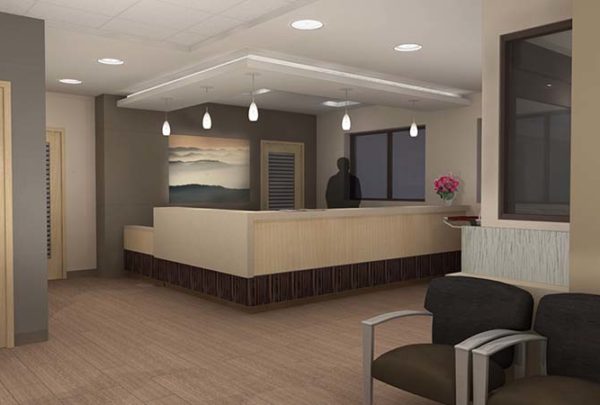When treating heart conditions, time is often measured in a matter of minutes, or even seconds. The Haskell Healthcare Design team working on the Emory University Hospital Heart & Vascular Center in Atlanta is designing a comprehensive Heart and Vascular platform to make sure every second counts.
David Martin, Director of Architecture for Haskell’s Healthcare Design team, said he was proud to have been offered another opportunity to work with Emory University Hospital, part of the Emory Health System. Prior projects have included the Emergency Department at EUH and the Cardiac Recovery Intensive Care Unit and patient transport bridge at EUH Midtown.
“What interests me about healthcare design is, first and foremost, you’re granted the opportunity to impact hope and healing for patients and their families in what are often incredibly vulnerable, precious, and sometimes desperate times,” Martin said. “Secondly, you’re afforded the opportunity to work with phenomenally intelligent physicians and clinicians designing spaces that allow them to perform sometimes amazing and even heroic medical feats.”
Several years ago, Emory opened a new nine-level J Wing Building (T tower), which included two areas to house the key parts of the most recent project: 14 procedure rooms, designed to meet the highest standards of operating rooms, in 42,300 square feet, and a 16-bed intensive care unit focused on cardiovascular care that is about 12,275 square feet.
Other parts of the project are smaller, and include adding an endoscopy room, expanding recovery space and renovating two operating rooms within the existing hospital’s surgical platform. Those initiatives come with their own challenges because they’re in active areas at the hospital, which means having to do the work at night and on weekends when fewer people are present.
The Heart & Vascular Center has a national reputation for treating complicated heart conditions using the most advanced treatment options and therapies. As one of the largest centers at Emory Healthcare, the Heart & Vascular Center offers more than 20 subspecialties that fall into four main specialties: cardiology, vascular surgery, cardiothoracic surgery, and cardiac imaging.
Long before the first sketch, Haskell’s Healthcare Designers are listeners, absorbing the healthcare staff’s needs and wants to inform their work creating the optimal facility.
“We’re trained to take the parameters of a proposal and turn it on its head and maybe bring back to the clinician something they hadn’t thought of,” Martin said. “That’s the creativity we bring to the project.”
Jennifer Nussbaum, Director of Healthcare Planning, said the project creates a consolidated area for patients wherever they are in their cardiac journey, from prep to procedure to aftercare. Having these services in proximity allows the medical teams to immediately respond to changes in a patient’s condition. That is especially critical at a time when minutes, even seconds, can make a difference in saving someone’s life.
For example, Nussbaum said, “If a patient receiving a procedure in a cath (catheterization) lab or EP (electrophysiology) lab requires immediate surgical intervention, the surgical team enters the room and the environment is already designed for surgical care. Rather than having to package the patient for transport to an operating room, the cath or EP lab becomes the operating room. That saves precious minutes for the patient. Creating flexible room capability enables the Heart & Vascular program to continue to grow in complexity of procedures available to their patients without having to renovate new spaces.”
Nussbaum brings a bit of a medical background to her work, having studied premed in college and once worked as a phlebotomist in a hospital. While there, she worked alongside doctors and nurses and saw patients, all of which gives her an informed perspective from both sides of the project.
Her experience studying and working in the hospital setting as well as working in the healthcare design industry with clinicians in various service lines enables her to cross the language barrier between architecture and healthcare services and ask poignant questions that impact operations and design decisions.
Nussbaum said not all cardiology services have to be done in a sterile environment. However, in this new platform, all procedure rooms will be designed and operated as sterile environments, creating an adjustment in workflows for some team members.
“Helping Emory leadership message and have this discussion with users is part of our delivery to our client,” she said.
Nussbaum said building a life-sized mockup of the space from cardboard, which Emory did with this project, is beneficial when working with clients. The “cardboard city” lets them walk in and see the actual size of the space available. That can help them make better-informed decisions about what is realistic for the area, what may need a size adjustment or what may not fit within the project’s available footprint. This exercise enabled team members to prioritize needs and wants on a restricted floorplate.
Senior Project Manager Mark Sweeney said the complexity of the Emory projects interested him from the start. “It’s the idea of how these different, interrelated project challenges need to be articulated and brought to resolution in order to support a phased sequence of work coming together,” he said.
Delivering a project with this many components – and, thus, subcontractor jobs – is difficult in ideal times, but supply chain problems have added a new layer of construction schedule disruption, which puts pressure on the design team to compress schedules as much as possible.
Long lead times and mission-critical opening dates have placed a newfound focus on flexibility. Sometimes that means keeping options open in design to shift to a different manufacturer, color or equipment voltage to help keep projects on schedule. He said it’s very important to the client that the project team be resourceful when working with the “users” as well as the construction team to meet the desired completion dates.
“We’re actually adjusting schedules continuously to address pricing, permitting and medical equipment coordination challenges to stay on track,” he said.
Despite that challenge, and others that may arise, Sweeney said he and his teammates revel in their work.
“My approach is to always be a little bit lighthearted in dealing with the day to challenges of projects,” he said. “It’s work that we are doing, but it’s life we are experiencing. I like for the team to enjoy the coordination and collaboration process of it all. At the end of the project, you want to be able to say, ‘It was a challenge, but look what we accomplished when it was completed.’ And in the end, I hope everyone enjoyed the journey.’”
Haskell’s team of Healthcare Consulting, Design and Construction divisions help health systems provide patients and families the highest quality of care. Contact us to discuss your facility needs.

